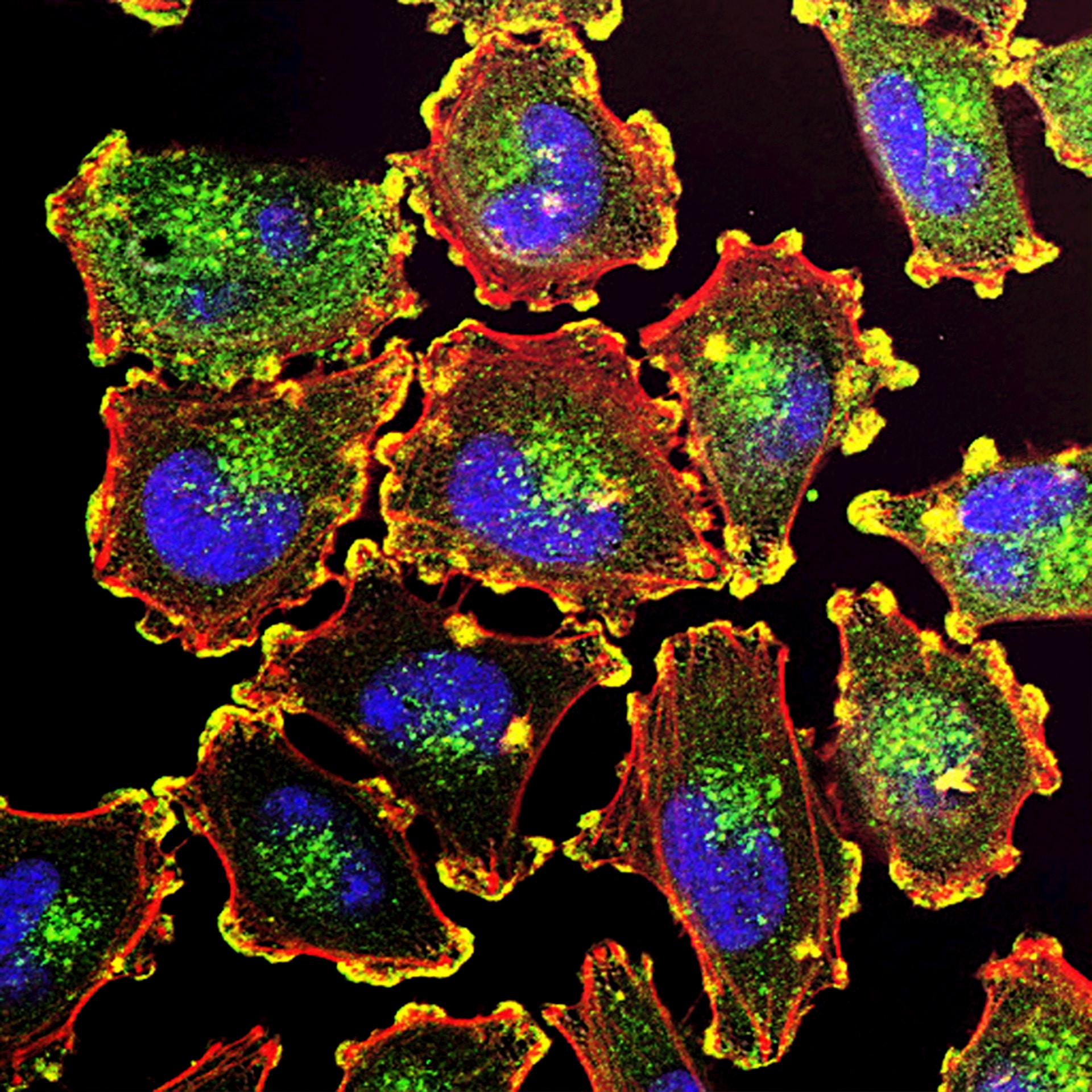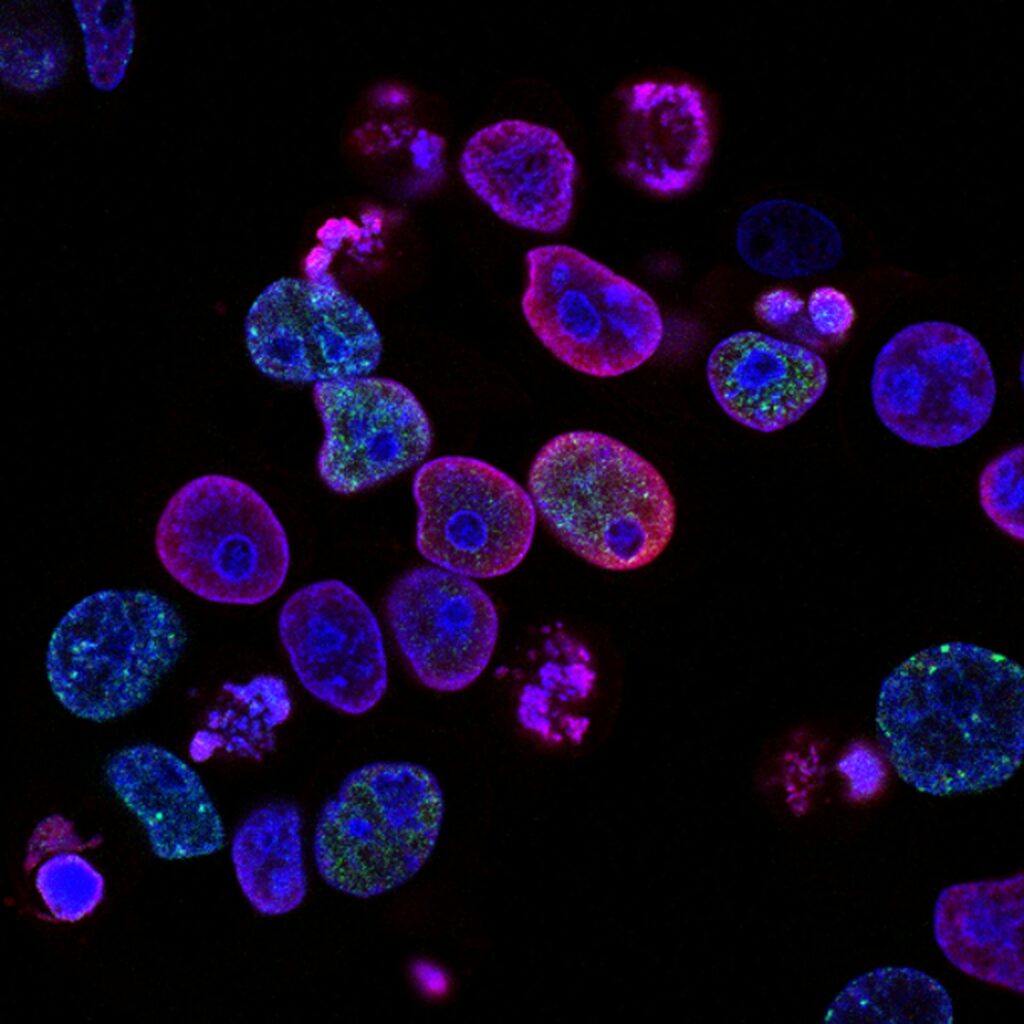By mimicking the behaviour of natural biological catch bonds, synthetic adhesives; a newly developed system created by researchers at the University of British Columbia Okanagan (UBCO), could have applications in biophysical engineering far beyond tissue adhesion, according to initial results. This innovation can be applied in materials science and medicine.
The research team, led by Dr. Isaac Li from UBCO’s Department of Chemistry, focuses on the physical interactions between cells and their environments. Doctoral students Micah Yang and David Bakker have engineered a pair of DNA molecules that replicate the unique properties of catch bonds.
Catch bonds are molecular interactions that strengthen under increased mechanical force, a behavior observed in cellular processes such as T-cell receptor binding and bacterial adhesion. This characteristic is essential for functions like immune responses and maintaining tissue integrity. Traditional synthetic systems have struggled to replicate this force-dependent strengthening.
The UBCO team’s design, referred to as the “fish-hook” system, consists of two DNA components: the “fish” and the “hook.” These components interact through complementary base pairing, forming a bond that becomes stronger when subjected to pulling forces. By modifying the DNA sequences, researchers can fine-tune the bond’s behavior under varying mechanical stresses.
“The tunability of this system is a significant advancement over previous artificial catch bonds,”
Yang noted.
“The ability to precisely control the bond’s force-dependent behavior makes it an ideal tool for studying biological interactions and developing innovative materials.”
This technology has plenty of potential applications. It would also enable the development of responsive materials that are stronger under stress in materials science, which could help to create materials for the sector of wearable technology or aerospace engineering. This approach has the potential to enhance drug delivery systems or tissue scaffolds in medicine by facilitating interactions with cells that follow natural processes.
Bolstered in part by biological precedent, this research paves the way toward marrying the concepts of biological adhesion, both structurally and functionally.

Hassan graduated with a Master’s degree in Chemical Engineering from the University of Chester (UK). He currently works as a design engineering consultant for one of the largest engineering firms in the world along with being an associate member of the Institute of Chemical Engineers (IChemE).



